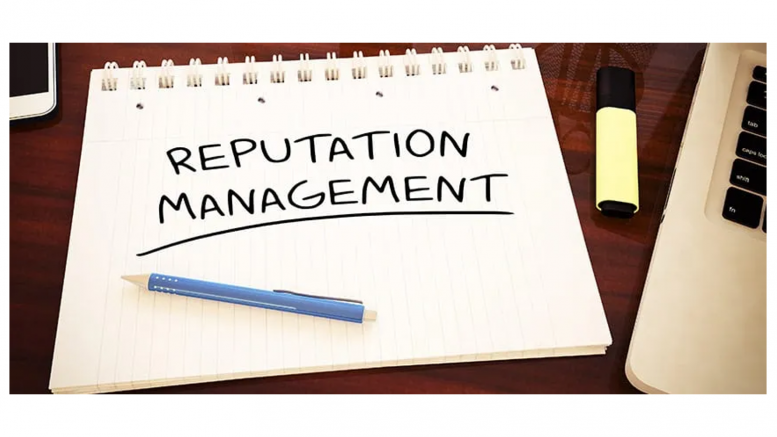Employee advocacy is an effective way of building credibility and reputation for a company. Employee advocacy means encouraging employees to become brand ambassadors of the company. Employees share positive feedback about their company and recommend their products/services in their social networks. Positive word of mouth helps the company reach out to new customers. Employee advocacy offers many benefits to companies, including increasing brand awareness, attracting/retaining talent and leads generation. According to the LinkedIn Official Guide to Employee Advocacy report, while only 3% of employees share content about their company, those shares result in about 30% increase in the total engagement. A well-structured employee advocacy program can help companies maximise their visibility and save costs.
Here are three ways companies can leverage employee advocacy programs for reputation management.
Define Goals
Define goals for employee advocacy and mark clear measurement metrics for the campaign. For instance, if the campaign goal is to attract talent, then utilise employee advocacy to highlight best workplace practices and HR growth stories. According to the LinkedIn report, companies with socially engaged employees are 58% more likely to attract top talent and 20% more likely to retain them. If your goal is to increase brand visibility, share testimonies about your company vision, products & services, CSR goals, etc. Employees wish to associate with organisations which demonstrate high standards of corporate governance. Positive employee feedback can help reinforce the brand message among various stakeholders. Select the right platform for employee advocacy campaigns. A balanced mix of earned, owned and digital media can help to tap the target audience.
Invest in Internal Comms
Internal communications is gaining traction as companies emphasise owned media platforms for information dissemination. Keep your employees updated on the company’s activities. Corporate blogs, newsletters, in-house bulletins, and social media handles are popular mediums to engage with employees. Leverage these platforms to tell powerful stories of employees’ success and share their milestones. Create a mechanism to reward employees for their achievements and share their stories on larger platforms. It is an effective way of engaging them in the publicity campaign and building trust and a sense of pride among them. Internal comms become very critical during times of crisis. Ensure you send authentic message to internal audience to avoid misinformation.
Training and Rewards
Companies which value and reward talent tend to have low attrition. Empower employees through competitive pay, incentives, and rewards for their advocacy efforts. It will not only encourage them but also motivate other employees to be part of the advocacy campaigns. In the era of advanced technologies such as artificial intelligence (AI), constantly upgrading skills is the way forward. Offer assistance and training to employees to improve their skills and knowledge. Leverage social media to share employee-centric initiatives and encourage them to spread the word in their circles to gain maximum traction. Include employees in the process of building the advocacy campaigns. Offer them fundamental training on building social media profiles, posting engaging content etc. Create a reward program for employees actively engaging in advocacy programs.
Measurement
Regularly measure the impact of advocacy programs to help find points of improvement. You may apply various yardsticks to measure the impact of the campaign. For instance, if the campaign goal is increasing brand visibility, you may analyse the number of likes, shares, comments etc. In the case of a recruitment drive, you may measure the number of applications received post-campaign. Ensure that your measurement results are aligned with your goals.
The views and opinions published here belong to the author and do not necessarily reflect the views and opinions of the publisher.



Be the first to comment on "How to Leverage Employee Advocacy for Reputation Management"